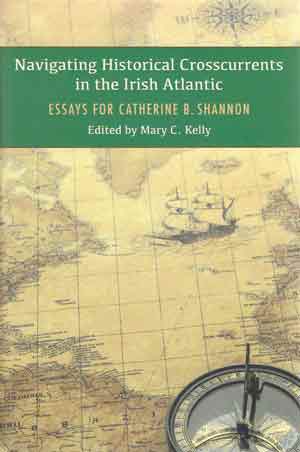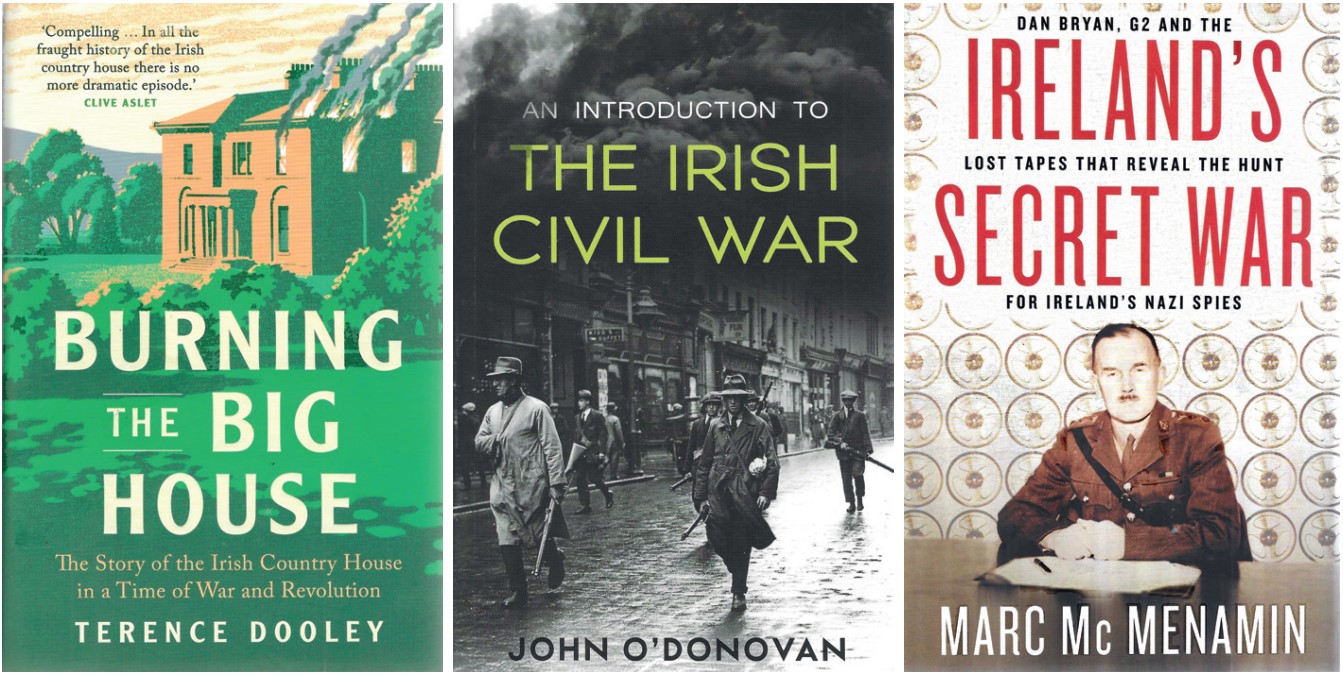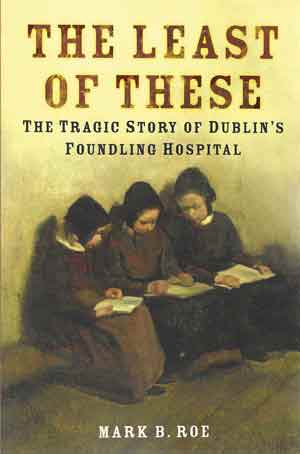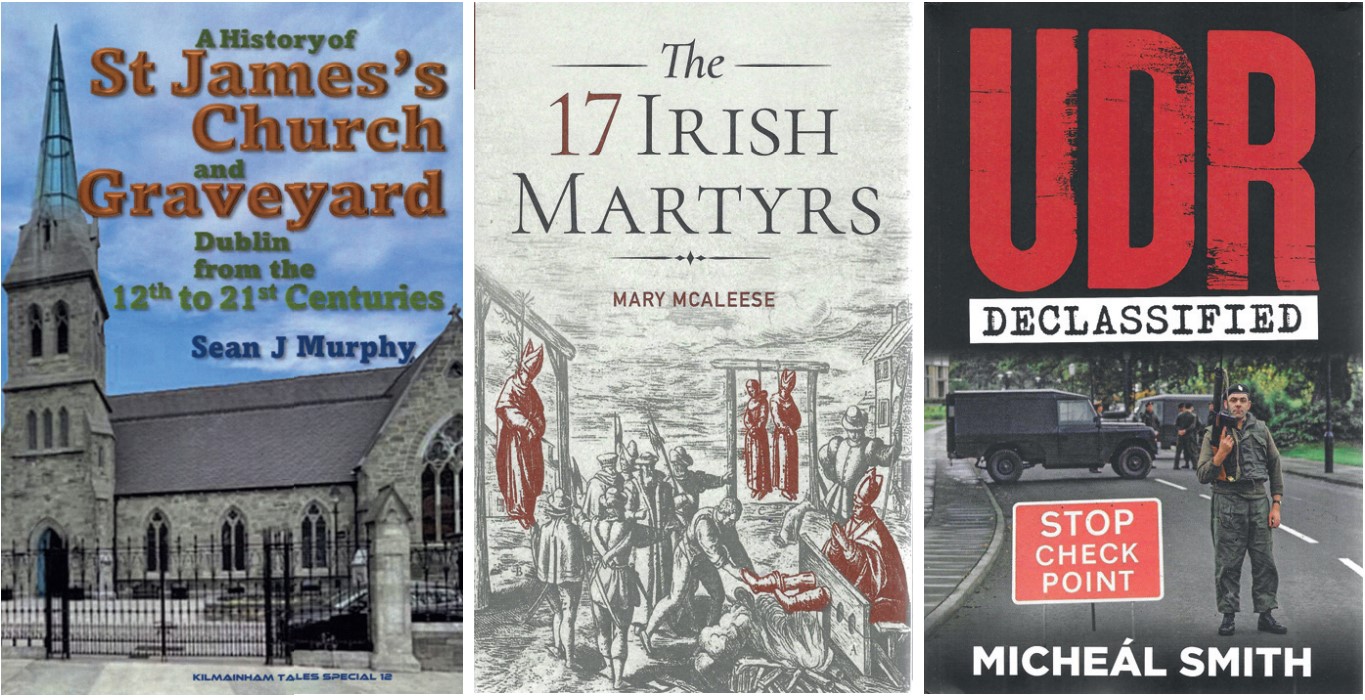BOOKWORM
Published in Book Reviews, Book Reviews, Issue 4 (July/August 2022), Volume 30By Joe Culley
@TheRealCulls
Boston-based Professor Emerita of History Catherine Shannon was one of History Ireland’s founding patrons, and Navigating historical crosscurrents in the Irish Atlantic—her Festschrift (as we say in the trade)—is packed with genuinely interesting essays from some heavy hitters. But what jumped out was Kerby A. Miller’s impassioned and—dare I say it—angry contribution.
Having examined the experiences of two young Kilkenny women who emigrated to New England in the 1880s, he then challenges historians to reassess how they judge what exactly constitutes success in the ‘hyper-competitive, brutally exploitative’ conditions of the American capitalism of the time. The ‘optimistic illusions’ that modernity would inevitably lead to social justice have proved to be just that—illusionary.
‘But surely now,’ Miller writes, ‘in this new Gilded Age, it can be acknowledged that those hopes proved false and that instead the conditions of that earlier era have culminated quite logically and disastrously in today’s ruthless plutocracy, gross inequality, unchecked global plunder and rapidly advancing environmental catastrophe.’
Before you dive into Terence Dooley’s superb—and, incidentally, beautifully written—Burning the Big House: the story of the Irish country house in a time of war and revolution, you can hear him discuss it in our History Ireland Hedge School podcast at https://www.historyireland.com/podcast-channel.
For this study, Dooley focused on the houses of the aristocracy rather than the mere ‘landed gentry’, which meant holdings of at least 2,000 acres. He estimates that during the War of Independence and the Civil War around 300 houses were burned, the majority of them in that later period. The big question, of course, is why? What motivated the attackers?
The answer, as Dooley demonstrates so well, is far more nuanced than the received nationalist narrative. More often than not, those responsible were driven by local issues; ‘reprisal’ was regularly a camouflage for simple, traditional agrarianism. While almost three decades of legislation had seen great strides made in land redistribution, much remained to be done.
Dooley also devotes significant space to the effect that the Great War had already had on the society of the Big Houses, and to emphasise that their experiences were entwined with every aspect of Irish life. Their violent demise came at the end of a lengthy period of slow atrophy.
John O’Donovan’s An introduction to the Irish Civil War is just that: brief, clear, impartial. He doesn’t have room, for example, to engage in arguments over what caused the explosion in the Four Courts; he simply says that there was one. Paddy O’Daly, whom many hold responsible for several atrocities in Kerry, is mentioned in connection with the events but is not singled out as a culprit. O’Donovan does, however, give significant space to the policy, official and unofficial, of executing prisoners. There are also biographies of the main players.
O’Daly was a member of the Criminal Investigations Department (CID), headquartered on Westland Row, which ‘had garnered a fearsome reputation for interrogating and interning suspects’ (O’Donovan). Well, as it happens, another member of that same CID was Dan Bryan, the subject of Marc McMenamin’s Ireland’s secret war: Dan Bryan, G2 and the lost tapes that reveal the hunt for Ireland’s Nazi spies. This is a follow-up to his interesting (if muddled) Code-breaker (Bookworm, HI 27.1, Jan./Feb. 2019), the story of how the director of the National Library, Dr Richard Hayes, broke a Nazi code.
The ‘hook’ for Ireland’s secret war is that McMenamin has been given access to a series of taped interviews with the main players conducted by an American researcher 50 years ago and held in her California home ever since. Among those interviewed was Bryan. Unfortunately, it seems to me, Bryan remained a tight-lipped intelligence officer to the end, and the tapes, though interesting, don’t contain any smoking guns. Other interviewees include Helmut Clissmann, Richard Hayes, former IRA chief-of-staff Stephen Hayes and Nazi spy Günther Schultz. There are few revelations.
So McMenamin goes to other sources to tell the tale of Ireland’s delicate neutrality and, specifically and with some new detail, Nazi interactions with an IRA split by internal squabbles. The saga of Frank Ryan is nicely told, but there is too much needless exposition on familiar aspects of the war (and the CID headquarters has mysteriously moved to Hawkins Street). Overall, it’s an interesting read, but not ground-breaking.
If you are not sure where the Dublin Foundling Hospital was located, perhaps you know it as the South Dublin Union in Kilmainham, where Cathal Brugha made his stand in 1916. It had been the workhouse originally, before serving, ignominiously, as a dumping ground for unwanted children. In his most impressive The least of these: the tragic story of Dublin’s foundling hospital, Mark B. Roe examines how an institution designed to protect children could become known as ‘a murdering-house’. Although this would seem to be a topic for academic study, Roe is such a stylish writer, with a contemporary voice, that he is able to blend rather a lot of statistical detail into an engaging narrative.
Perhaps the central point of the story is the testimony from an inquiry held into the workings of the hospital, chaired by the ‘colourful’ Dublin parliamentarian Sir John Blaquiere. Roe runs through the inquiry transcript to give us eyewitness accounts of the horrors. One brief example: during one six-year period in the 1790s, of the 5,216 infants who were sent to the hospital infirmary only one emerged alive. It’s a horrific account wonderfully told.
Just up the road from the hospital is St James’s. Seán Murphy goes right back to the murder of Thomas Becket and the arrival here of the Normans to begin his entertaining A history of St James’s Church and Graveyard, Dublin, from the 12th to 21st centuries. The church on James’s Street, with its new glass spire, is now a distillery, but an estimated 100,000 souls, Protestant and Catholic, were buried in the graveyard—including a number who were illegally exhumed late at night. This Kilmainham Tales production is well told, with proper footnotes and index, and should appeal in particular to anyone from the Liberties.
Former president Mary McAleese was inspired by the violent sectarian divide in Northern Ireland to take a closer look at exactly who were The 17 Irish martyrs. In 1992 Pope John Paul II beatified fifteen Irish men and one woman (St Oliver Plunkett is the seventeenth), martyred solely for refusing to renounce their faith.
There are some remarkable figures here. The only female is Margaret Bell (née Bermingham). A woman of means who had long championed the Catholic poor, she was eventually left to rot and die in Dublin Castle, probably in 1584. Who had had her arrested and jailed? None other than the mayor of Dublin, Walter Bell, her son.
Micheál Smith, the author of UDR: declassified, is a former Irish diplomat who now works with the Pat Finucane Centre in Belfast. He writes, in the introduction, ‘One of the assertions of this book is that London knew the UDR was bound to attract active loyalist recruits … For elements of the British establishment, the UDR was used as a surrogate “counter-gang”.’ And he concludes: ‘This book is not a history of the UDR. It is rather an attempt to tell what Whitehall, Number 10 and the MoD had to say about the regiment in papers found among declassified files. It is about narrowing the permissible lies.’
Mary C. Kelly (ed.), Navigating historical crosscurrents in the Irish Atlantic: essays for Catherine B. Shannon (Cork University Press, €39 hb, 366pp, ISBN 9781782054993).
Terence Dooley, Burning the Big House: the story of the Irish country house in a time of war and revolution (Yale University Press, €25 hb, 368pp, ISBN 9780300260748).
John O’Donovan, An introduction to the Irish Civil War (Mercier Press, €14.99 pb, 125pp, ISBN 9781781178065).
Marc McMenamin, Ireland’s secret war: Dan Bryan, G2 and the lost tapes that reveal the hunt for Ireland’s Nazi spies (Gill Books, €17 pb, 210pp, ISBN 9780717192885).
Mark B. Roe, The least of these: the tragic story of Dublin’s foundling hospital (The History Press, €20 pb, 250pp, ISBN 9780750998765).
Seán J. Murphy, A history of St James’s Church and Graveyard, Dublin, from the 12th to 21st centuries (Kilmainham Tales, €12.50 pb, 180pp, ISBN 9781908056894).
Mary McAleese, The 17 Irish martyrs (Columba Books, €16.99 hb, 158pp, ISBN 9781782183785).
Micheál Smith, UDR: declassified (Merrion Press, €18.95 pb, 288pp, ISBN 9781785374272).




















